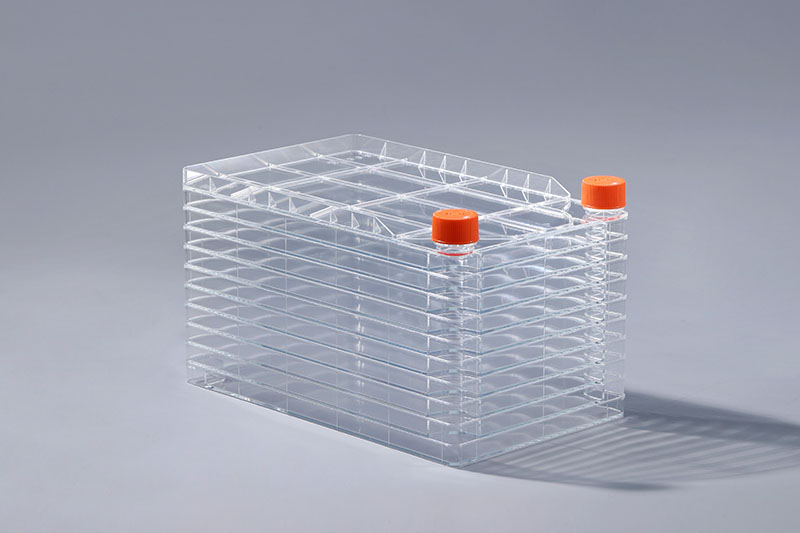The global COVID-19 epidemic is still in the development stage, and with the continuous mutation of the virus, the development of vaccines against the mutant strains is also in progress. The preparation of the COVID-19 vaccine requires complicated procedures, and the cell factory is mainly used in the cell culture stage.
Since April 26, China Biotechnology and Kexing Bio's Omicron variant new coronavirus inactivated vaccine, Sri Lanka's new crown iterative mRNA vaccine, Ruike Bio's new adjuvant recombinant protein new crown vaccine ReCOV and other new crown vaccines It was approved for clinical use by the State Food and Drug Administration; while the 2-valent and 4-valent recombinant new coronavirus variant S-trimeric protein vaccine of Shenzhou Cell was approved for Phase III clinical trials in the United Arab Emirates. Internationally, the new crown vaccine jointly developed by Pfizer and BioNTech is in phase III clinical trials, and Moderna's bivalent mRNA new crown vaccine candidate mRNA-1273.214 for Omicron is in phase 2/3 clinical trials.
According to different technical routes, COVID-19 vaccines are divided into inactivated vaccines, recombinant protein vaccines, mRNA and other types. Although the technical routes of vaccines are different, the general preparation and production processes are similar, and they all need to be cultured by cells or bacteria. stage, in which cell factories are used. Whether the raw materials of the consumables meet the standards, whether the leaching material contains factors that affect cell growth, how effective the TC treatment is, whether the sealing is up to standard... These factors will affect the cell culture process, which in turn affects the vaccine market cycle.
To sum up, the cell factory plays an important role in the preparation of the COVID-19 vaccine. A high-quality consumable can speed up the cell culture process and facilitate the smooth progress of the COVID-19 vaccine research and development.
The FAI climbed 5.9 percent year-on-year in the first 11 months of 2018, quickening from the 5.7-percent growth in Jan-Oct, the National Bureau of Statistics (NBS) said Friday in an online statement.
The key indicator of investment, dubbed a major growth driver, hit the bottom in August and has since started to rebound steadily.
In the face of emerging economic challenges home and abroad, China has stepped up efforts to stabilize investment, in particular rolling out measures to motivate private investors and channel funds into infrastructure.
Friday's data showed private investment, accounting for more than 60 percent of the total FAI, expanded by a brisk 8.7 percent.
NBS spokesperson Mao Shengyong said funds into weak economic links registered rapid increases as investment in environmental protection and agriculture jumped 42 percent and 12.5 percent respectively, much faster than the average.
In breakdown, investment in high-tech and equipment manufacturing remained vigorous with 16.1-percent and 11.6-percent increases respectively in the first 11 months. Infrastructure investment gained 3.7 percent, staying flat. Investment in property development rose 9.7 percent, also unchanged.
 English
English



















































